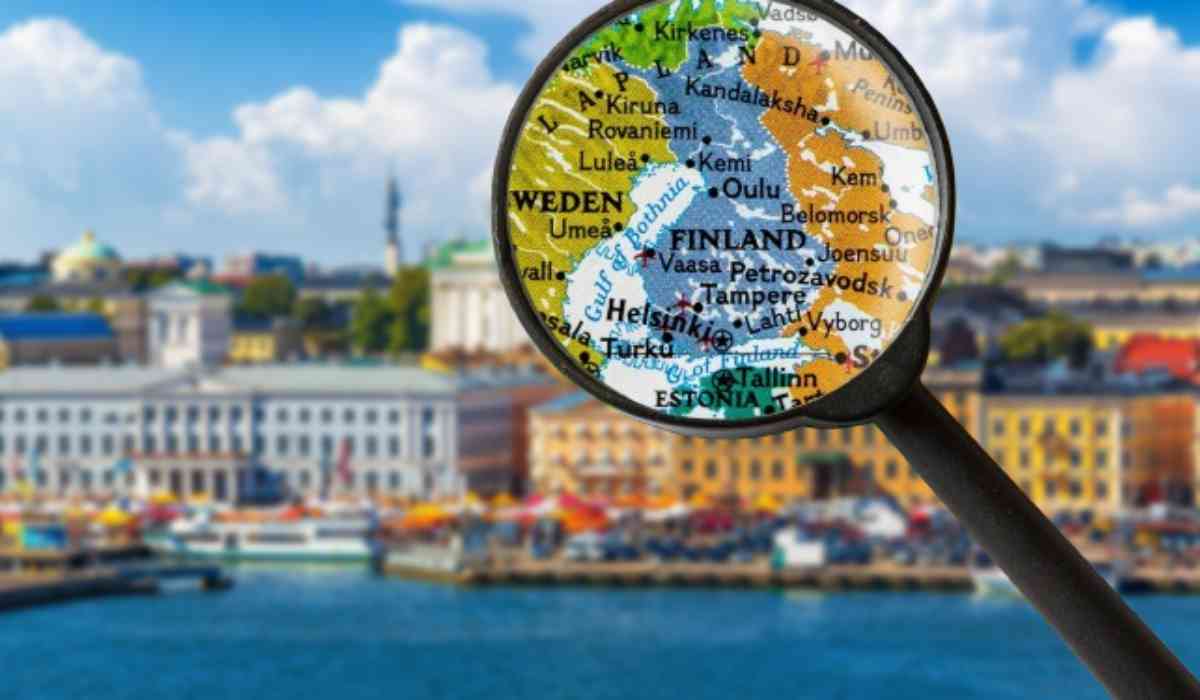In a world often clouded by uncertainties and challenges, the pursuit of happiness remains an enduring quest for many.
Recently, the United Nations's World Happiness Report once again brought into focus the elusive concept of happiness, with Finland securing its position as the world's happiest country for the seventh consecutive year. This accolade not only celebrates Finland's achievements but also prompts a deeper reflection on the global landscape of well-being.
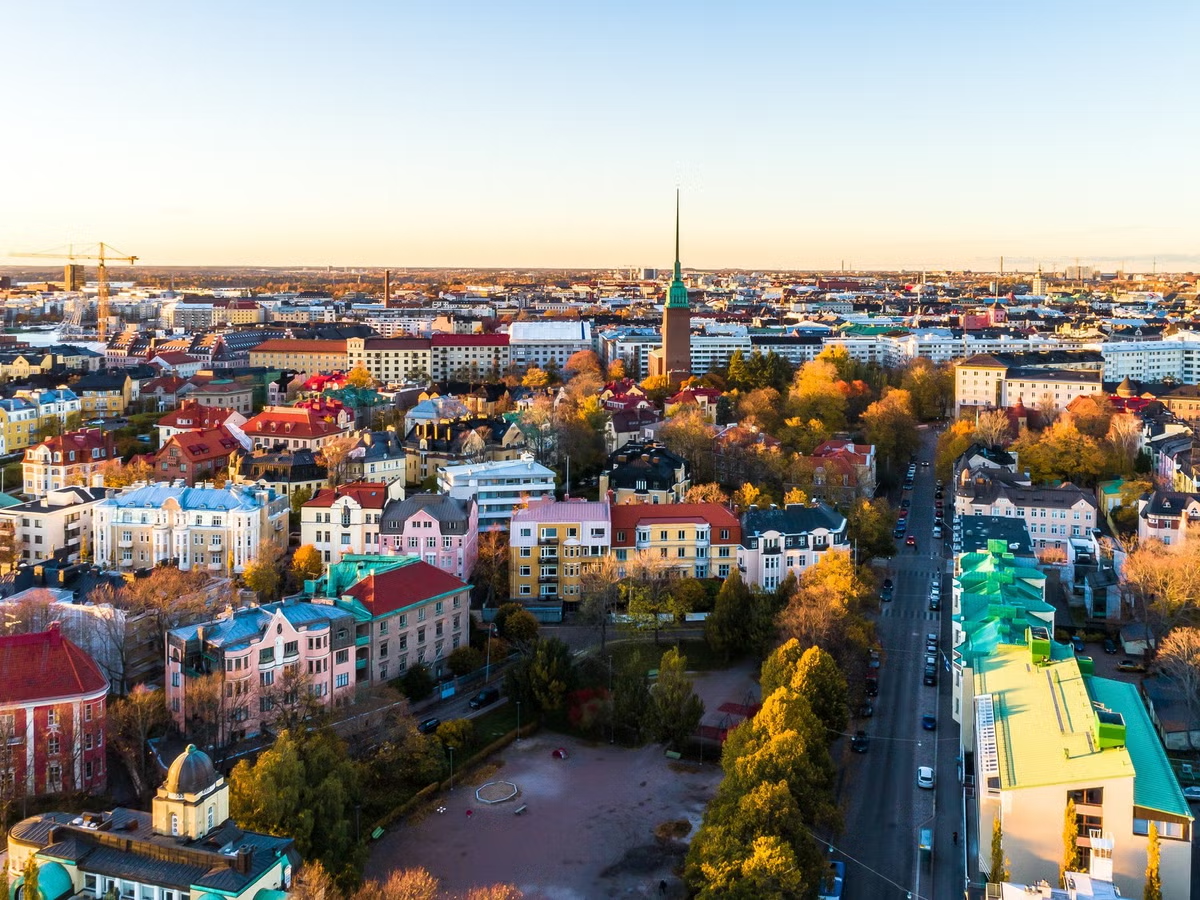
Why does this story matter?
The significance of the World Happiness Report extends beyond mere rankings; it serves as a barometer of societal well-being and sheds light on the troubling increase in happiness inequality across various regions. The widening gap, particularly evident among older individuals and in Sub-Saharan Africa, underscores the urgent need for inclusive policies to address underlying disparities in income, education, healthcare, and social support. As the report rightly identifies, these inequalities are not just statistics but real barriers to human flourishing that demand collective action.

How is the happiest country determined?
Delving into the mechanics of happiness evaluation, the World Happiness Report relies on comprehensive data collected by the Gallup World Poll. This data, spanning three years from 2021 to 2023, encompasses six key factors: GDP per capita, healthy life expectancy, social support, freedom, generosity, and perception of corruption. These factors, meticulously analyzed by experts, offer insights into the well-being of nations, with rankings solely based on individuals' self-reported life evaluations. The involvement of esteemed organizations like the World Bank and the World Health Organization ensures the reliability and robustness of the data collected.

Significant changes in the global happiness landscape
The shifting dynamics of happiness, as observed in this year's report, offer intriguing insights into the evolving societal fabric. With the United States and Germany slipping out of the top 20 rankings for the first time in over a decade, and Costa Rica and Kuwait making remarkable strides, the narrative of happiness takes on a dynamic hue. Notably, the absence of the world's largest countries among the happiest nations underscores the complex interplay of factors shaping well-being beyond mere population size.
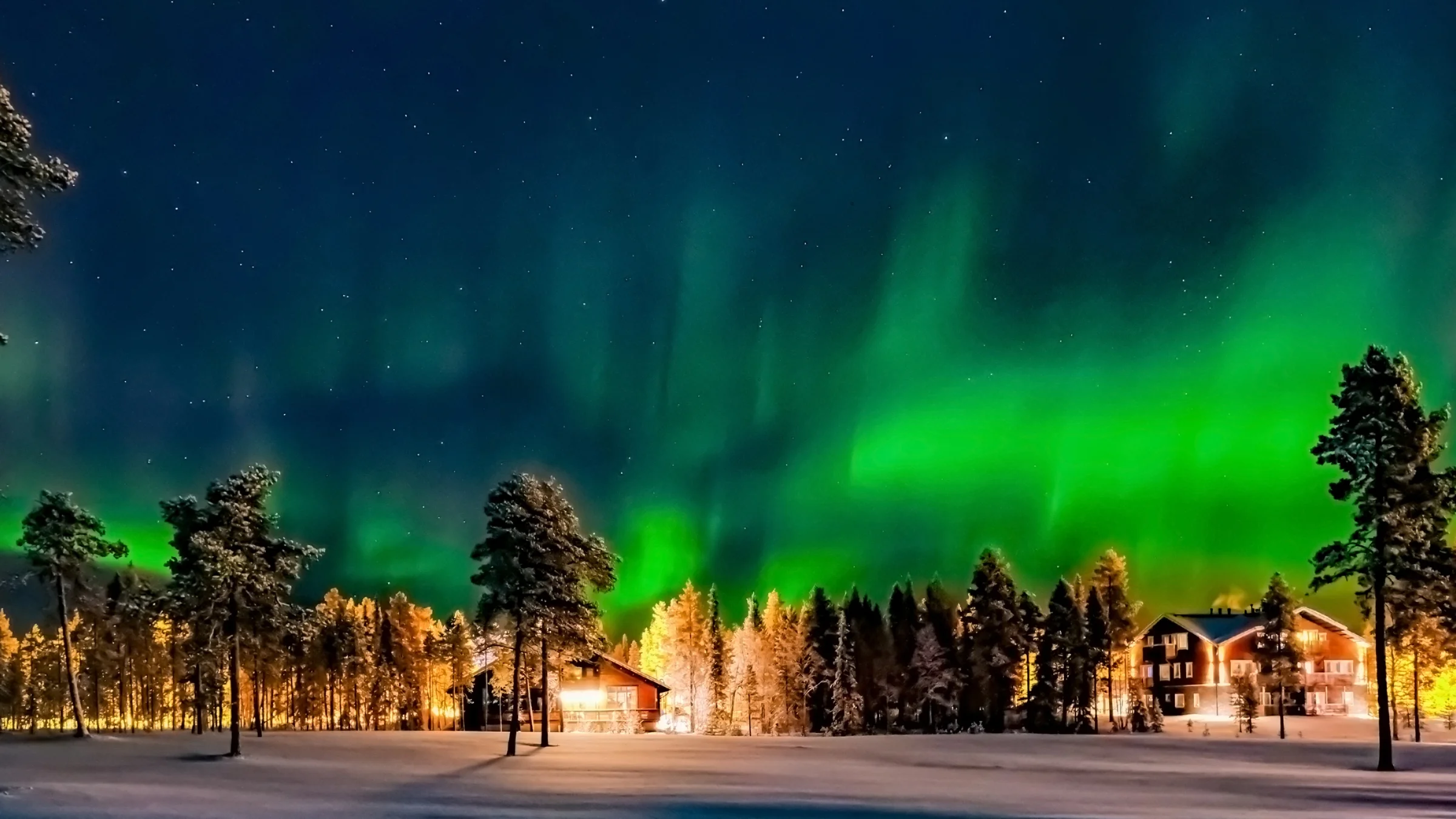
Earlier unhappiness trends in parts of the West
Contrary to conventional wisdom, which often associates happiness with youth and retirement, recent trends reveal a disconcerting reality. In some Western societies, today's younger generations grapple with increasing loneliness and dissatisfaction, attributed to myriad factors ranging from the perils of social media to economic inequality. As highlighted by experts, understanding and addressing these underlying causes are paramount to fostering a more resilient and happier society for all age groups.

What makes Finland so happy?
The secret to Finland's happiness lies not in material wealth or external accolades but in its profound connection with nature and a harmonious work-life balance. Rooted in a robust welfare system and unwavering trust in government institutions, Finnish society embodies values of autonomy, trust, and communal well-being. Unlike societies where success is equated solely with financial gain, Finland's definition of a successful life encompasses broader notions of fulfillment and contentment, offering valuable lessons for nations grappling with the elusive pursuit of happiness.
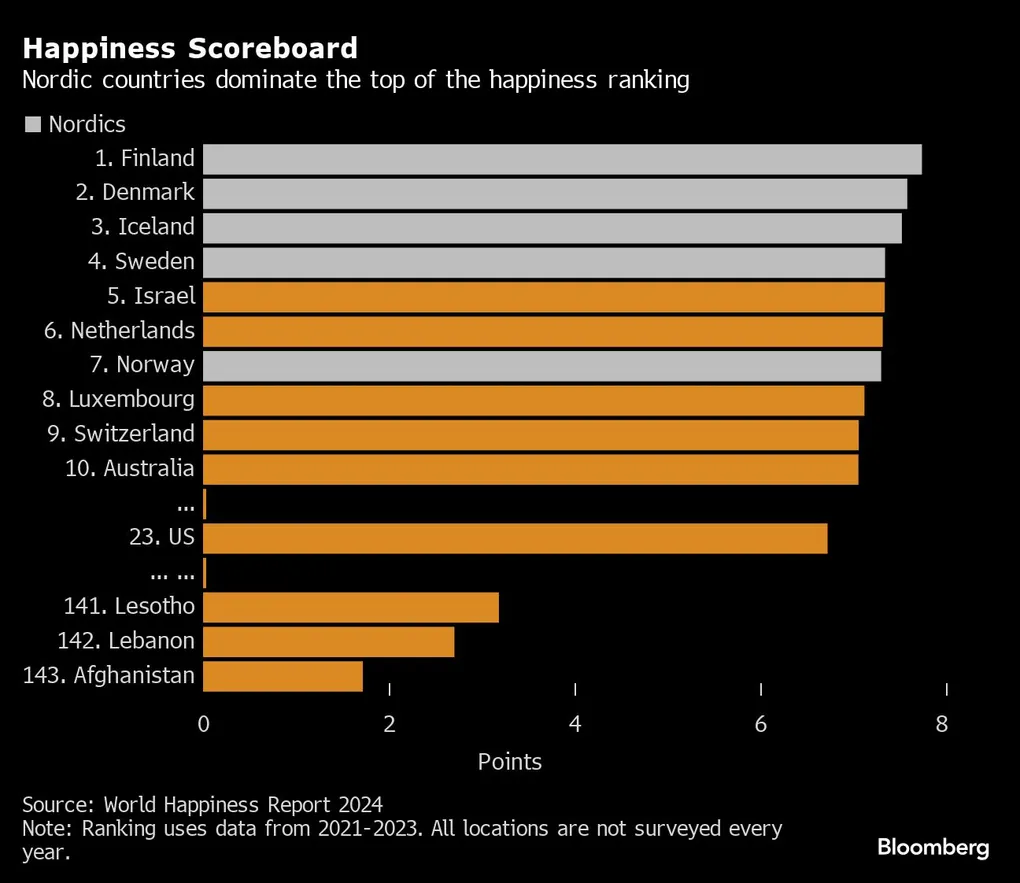
Where does India rank on the list?
India's placement at 126th in the happiness index underscores the multifaceted challenges facing the nation, particularly concerning older adults' well-being. As India grapples with demographic shifts and socio-economic transformations, understanding the factors influencing life satisfaction among its burgeoning elderly population becomes paramount. From marital status to social engagement, a holistic approach is essential in addressing the diverse needs of older Indians and ensuring a dignified and fulfilling life in their golden years.

Afghanistan ranks at the bottom
While Finland basks in the glow of happiness, Afghanistan languishes at the bottom of the happiness index, emblematic of the nation's enduring struggles amidst turmoil and uncertainty. As the global community grapples with humanitarian crises and geopolitical upheavals, the plight of nations like Afghanistan serves as a sobering reminder of the fragility of happiness and the imperative of collective action to alleviate suffering and foster resilience.
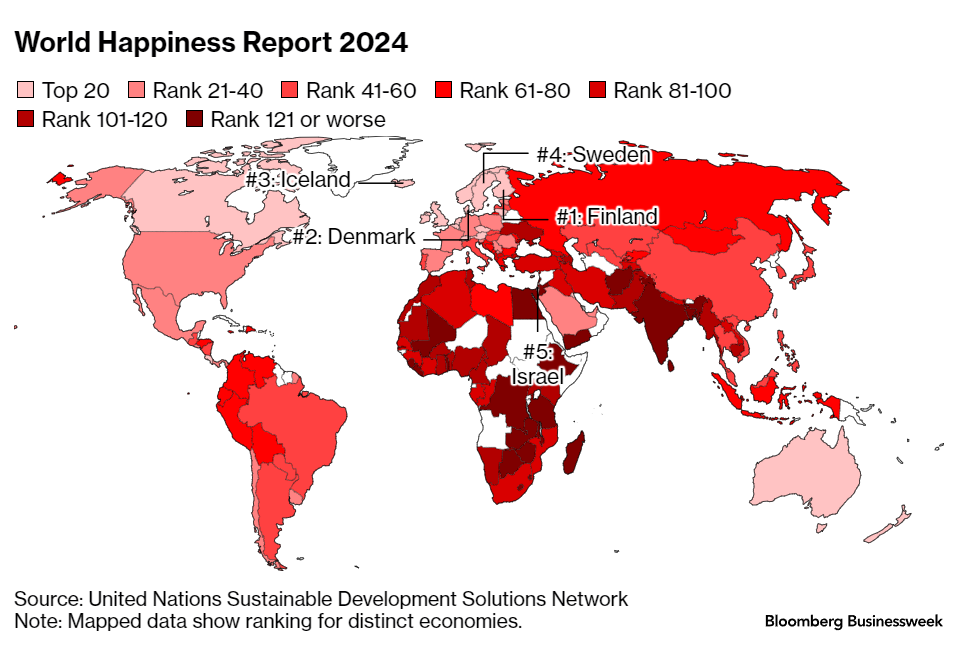
The younger generation is happier
Contrary to popular narratives of generational discontent, the report reveals a heartening trend: younger generations, in most parts of the world, are happier than their older counterparts. While challenges persist, particularly in regions like North America, Australia, and New Zealand, where happiness levels among the youth have seen a decline, there remains cause for optimism. The resilience and adaptability of today's youth underscore their potential as agents of positive change in shaping a happier and more prosperous future.
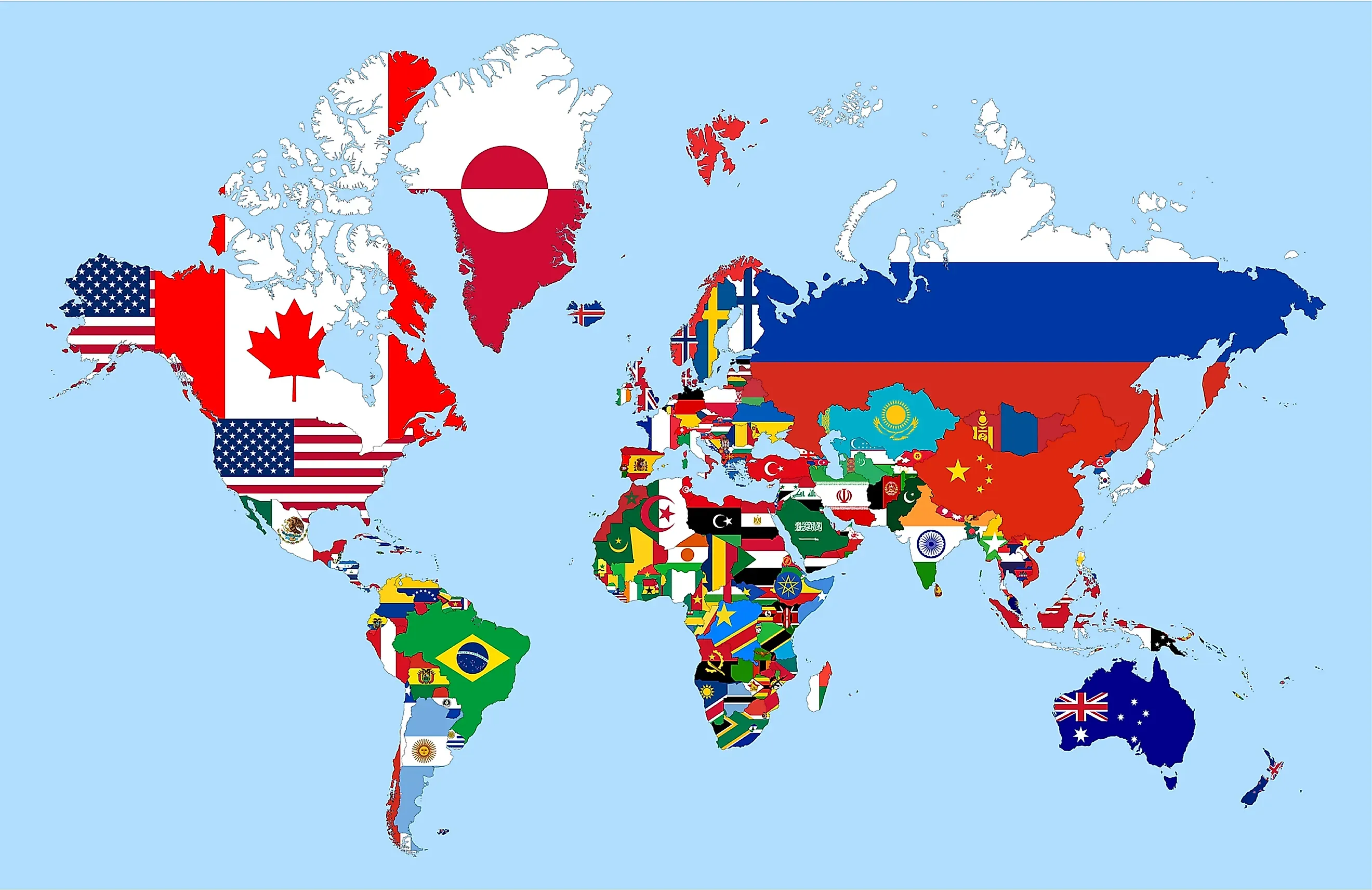
The top 10 happiness rankings (worldwide) and (Asia)
-
Worldwide:
- Finland
- Denmark
- Iceland
- Sweden
- Israel
- Netherlands
- Norway
- Luxembourg
- Switzerland
- Australia
-
Asia:
- Singapore
- Taiwan
- Japan
- South Korea
- Philippines
- Vietnam
- Thailand
- Malaysia
- China
- Mongolia
The World Happiness Report serves as a compass guiding us through the intricacies of human well-being. Beyond rankings and statistics, it beckons us to reflect on the shared aspirations that bind us as a global community. From the verdant landscapes of Finland to the bustling streets of India, the pursuit of happiness transcends borders, reminding us of our innate quest for meaning, connection, and fulfillment. As we navigate the complexities of our times, let us heed the call to cultivate societies that prioritize not just prosperity but also the enduring pursuit of happiness for all.
Image Source: Multiple agencies
© Copyright 2024. All Rights Reserved Powered by Vygr Media.

